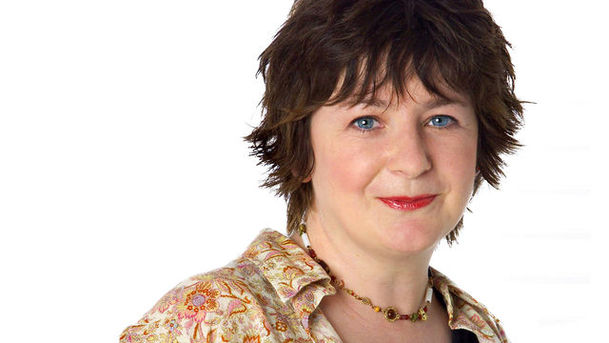Woman's Hour - 29/06/2009

With Jane Garvey. Including: By the second half of the 16th century, almost half of all the daughters of aristocratic Italian families were sent to spend their lives in convents. Many of them did not go willingly, but some considered themselves to have more freedom within the convent walls than without. In her new novel, Sacred Hearts, Sarah Dunant explores the intricacies of their daily lives through the eyes of a rebellious young novice, and a scholarly nun who uses herbs to cure a multitude of ills. Sarah joins Jane to discuss what women were able to achieve in such institutions, and the impact of the repressive changes imposed on them by the Counter-Reformation. Imagine an ocean without fish. Imagine your meals without seafood. This could well be a reality by 2048 if scientists' predictions are correct about the devastating effects of over-fishing. With many large supermarkets and restaurants taking unsustainable fish off their menus, more people are asking how they can cook with fish responsibly. Jane is joined by Claire Lewis, producer of the documentary End of the Line, and Lindsey Bareham, author of The Fish Store Book. They also prepare some tasty dishes using sustainable fish. The Iranian authorities have executed at least 42 juvenile offenders since 1990, according to Amnesty International. The organisation defines a 'juvenile offender' as a person convicted of crimes they committed when they were under the age of 18. The Foreign Policy Centre is publishing a report into the subject, Child Executions in Iran. Jane is joined by Nazanin Afshin-Jam, President of Stop Child Execution and co-author of the report, and Geraldine Van Bueren, Professor of International Human Rights Law at Queen Mary, University of London, to discuss Iran's juvenile justice system. How does it work? What are Iran's commitments under international law? Since January 2008, publicly listed Norwegian companies have been obliged by law to ensure at least 40 per cent of their board members are female. How effective has the quota been, and could such a program ever work in the UK? The programme explores the advantages and disadvantages of the policy.